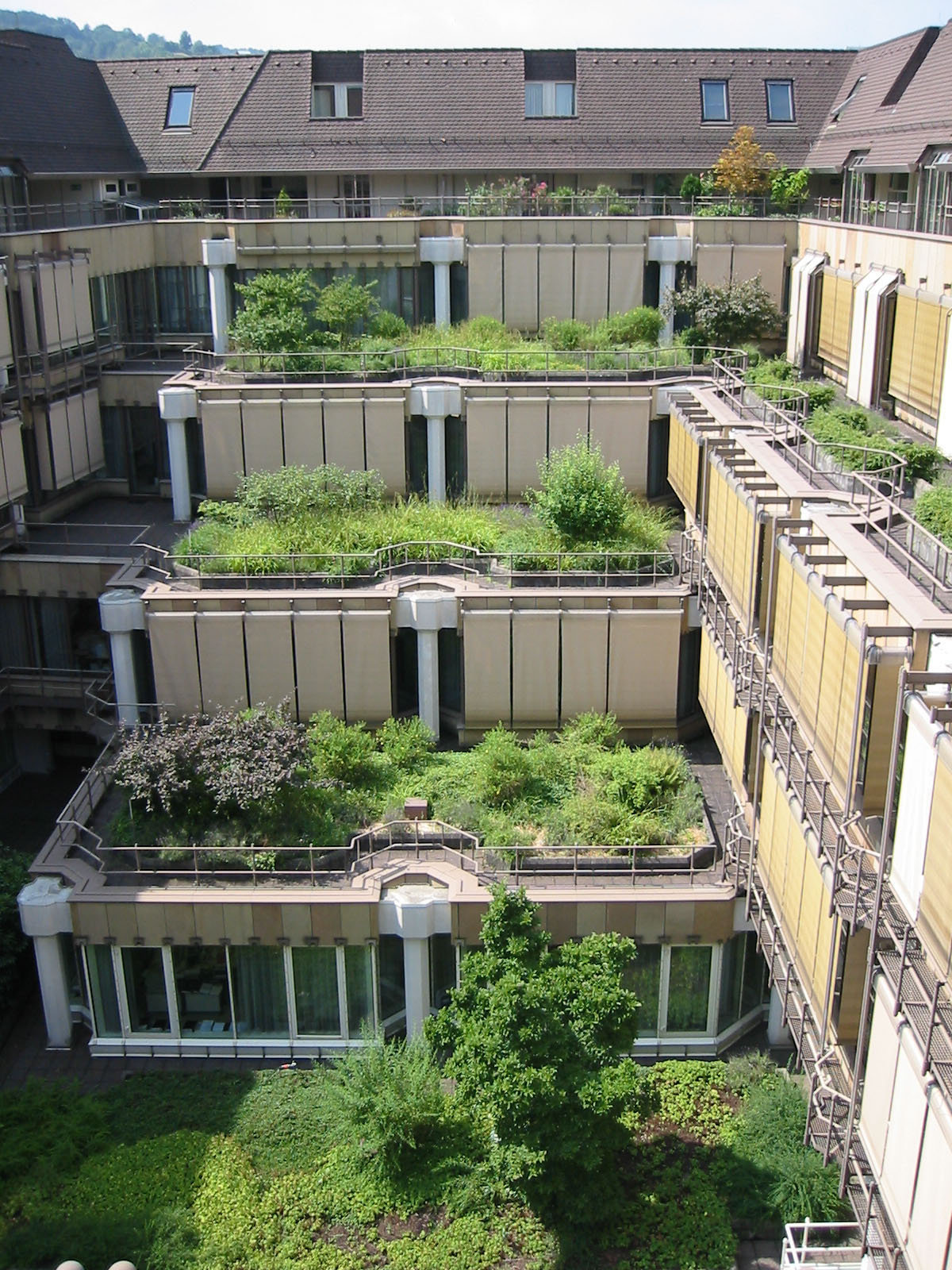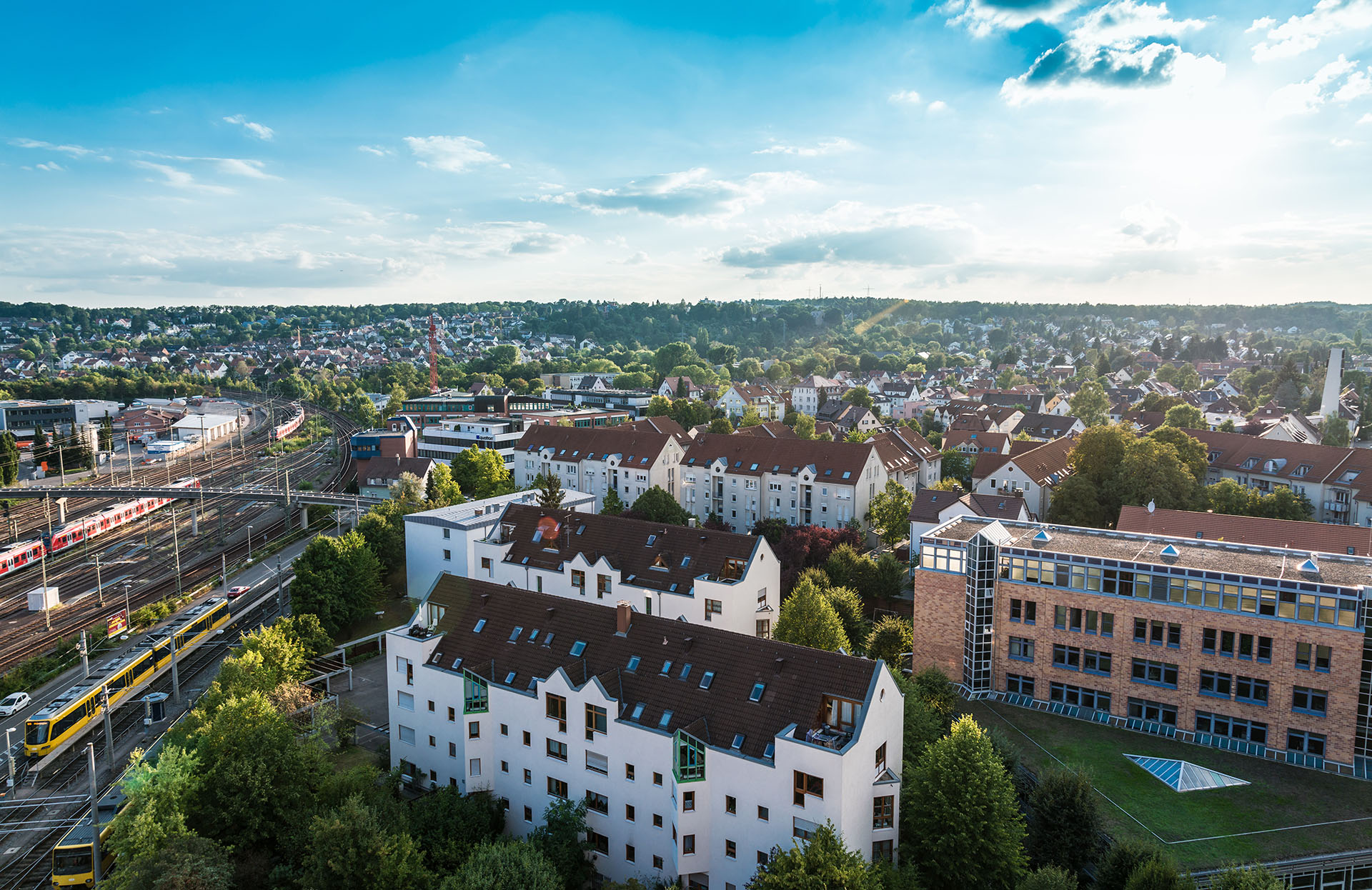Smart City Planning
Stuttgart, Germany is located in a deep river valley surrounded by green hills. Valley locations like Stuttgart usually have low winds blowing through the city. As a result, they can have poor air quality and higher temperatures. As residents in Stuttgart became aware of the phenomenon, they took steps to mitigate the urban heat island effect.
Stuttgart, which was once at risk of being a heat island, is now one of the 'coolest cities in the world'. The city is designed to maximize the cooling effects of the hills and forests that surround it. Streets, buildings, and trees are all strategically placed to allow the air from the mountains to flow freely. The city also has 300,000 square meters (186 square miles) of green rooftops which help to absorb heat and keep the city cool. Greenery covers almost 60% of the city.

(©Diane Cook, Len Jenshel/National Geographic)
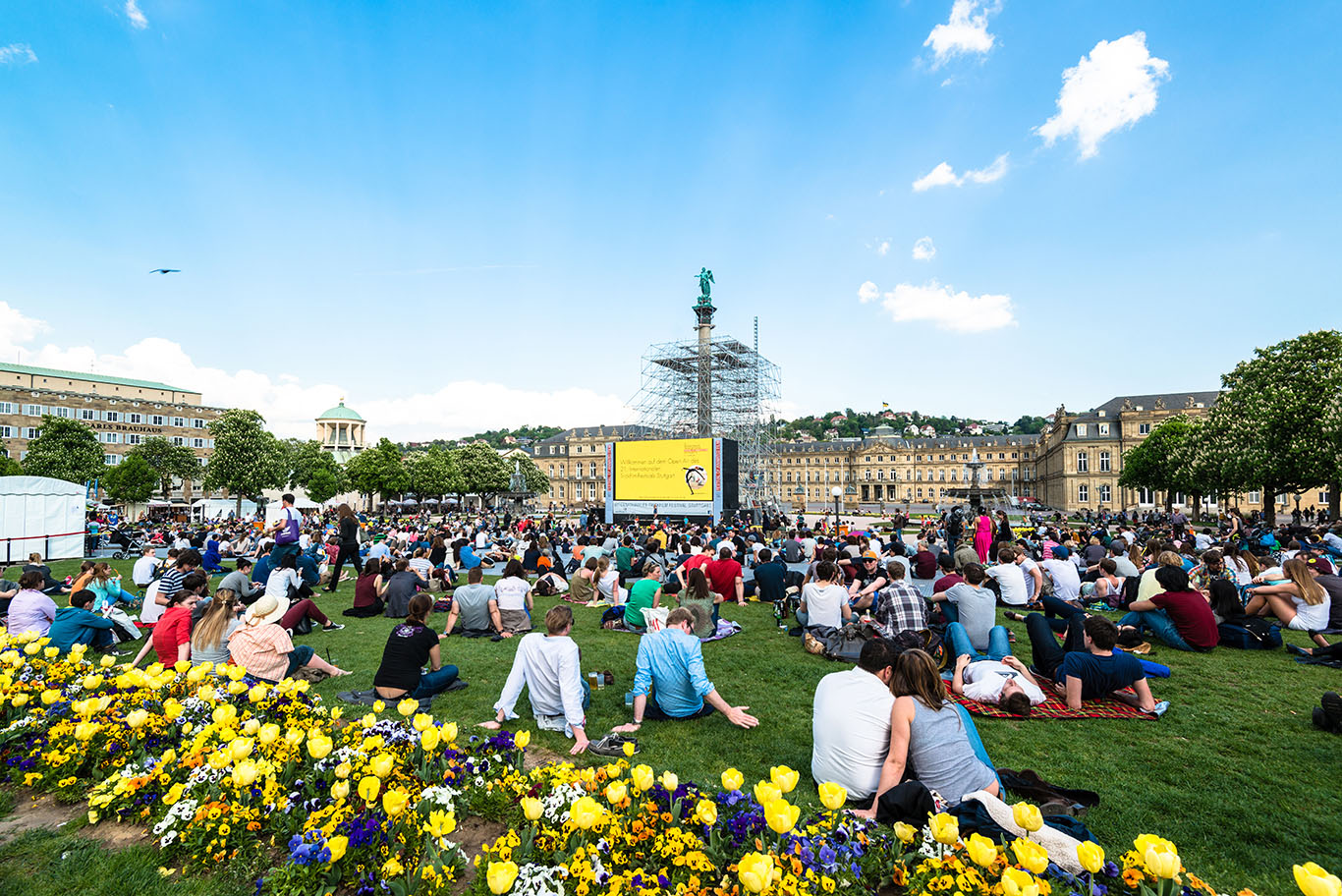
(© MSeses/Wikipedia)
(© Bernd Schmidt/Shutterstock)
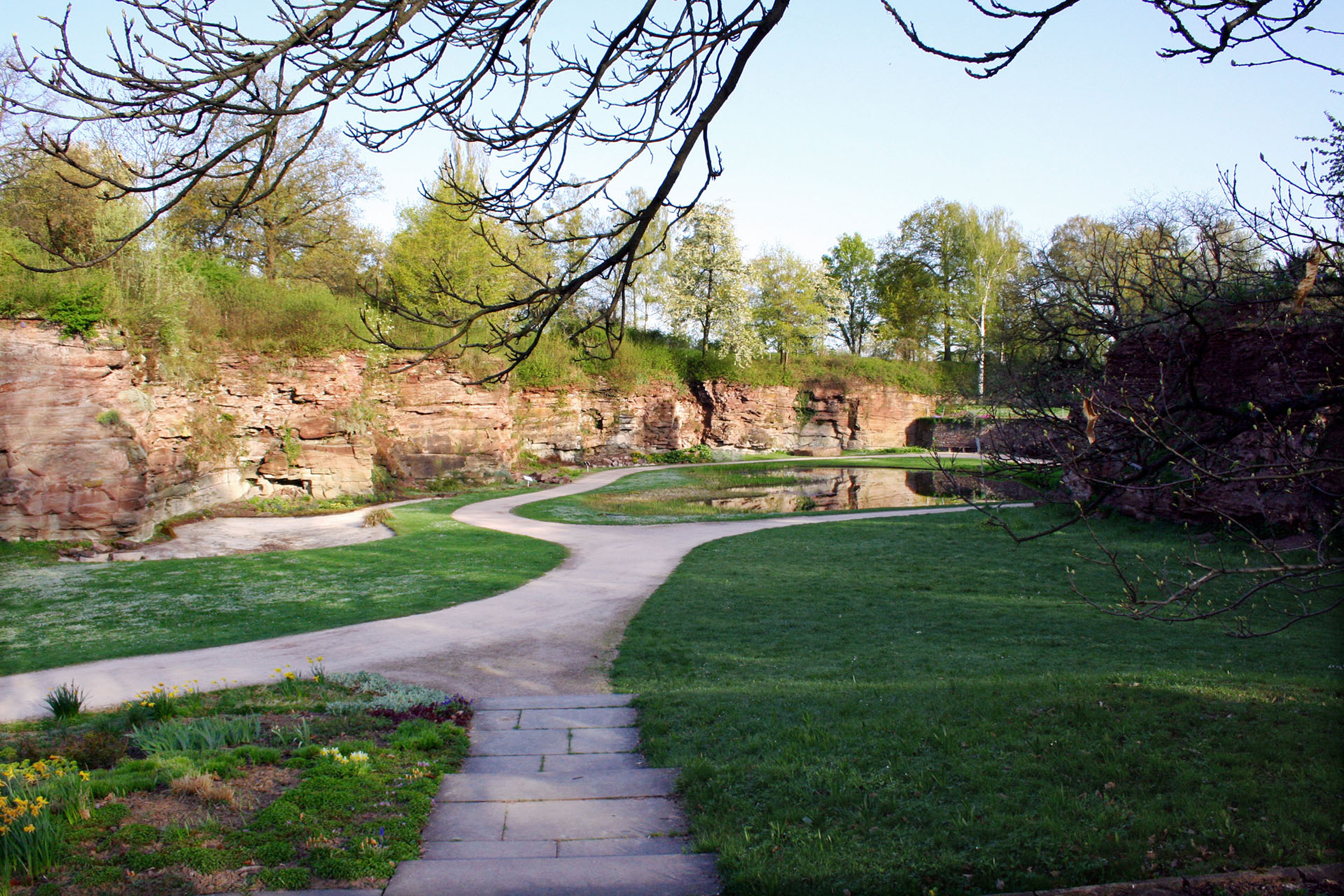
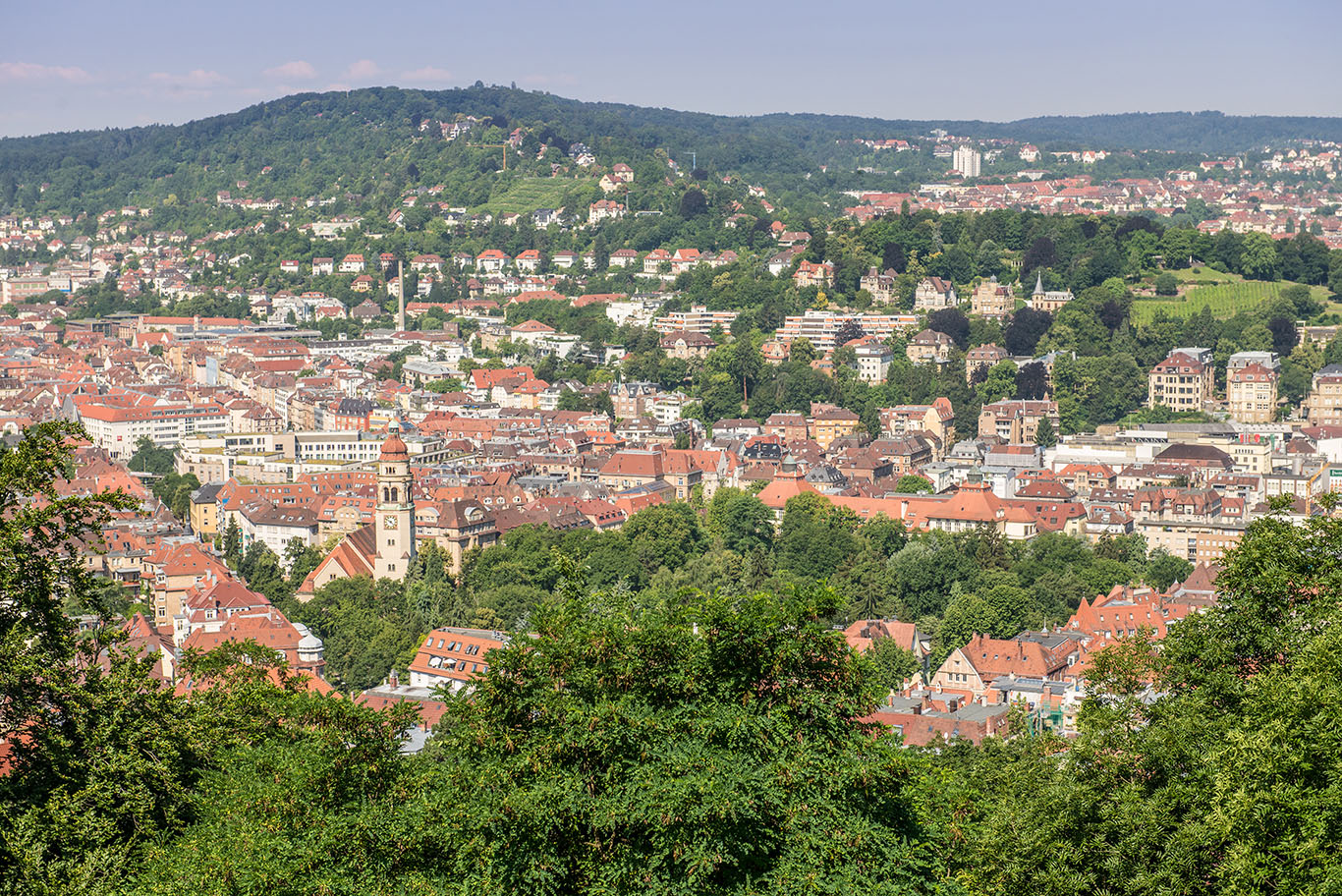
(©Pedro Szekely/Flickr)
